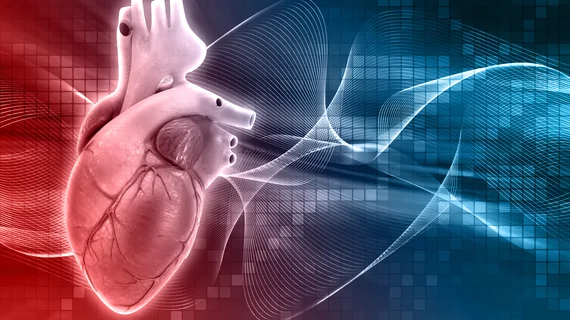World’s first wearable BP monitor functions as a smartwatch
Omron Healthcare opened its latest product, a wearable blood pressure cuff that dually acts as a smartwatch, to presales Dec. 20 ahead of the device’s official launch in January 2019.
The monitor, called the HeartGuide, was recently approved by the FDA as a personal medical device, according to a release. While its interface functions as a regular smartwatch—one that can tell the time and date, fetch text notifications and receive calls—the HeartGuide also uses oscillometric measurement to track a patient’s BP throughout the day.
“Because blood pressure fluctuates throughout the day, regular self-monitoring empowers consumers to take immediate action on their heart health numbers and fuels a more productive patient-physician dialogue to evolve treatments and improve outcomes,” Ranndy Kellogg, Omron’s president and CEO, said in the release. “Studies show regular self-monitoring can reduce stroke risk by up to 20 percent and cut the risk of coronary artery disease by 10 percent.
“We created HeartGuide and its accompanying app, HeartAdvisor, to reduce those risks and to help save lives.”
The HeartAdvisor app isn’t available yet, he said, but it will be released alongside the HeartGuide Jan. 8 as a free download. Omron’s website states the app will monitor blood pressure, activity and sleep quality, track trends over time with color-coded graphs and compare patients’ readings to current American Heart Association/American College of Cardiology guidelines. The company said HeartAdvisor will also provide users with “actionable insights” based on their personal data.
The HeartGuide is only available for presale in the U.S., but American patients can order one for $499 ahead of its release date.

